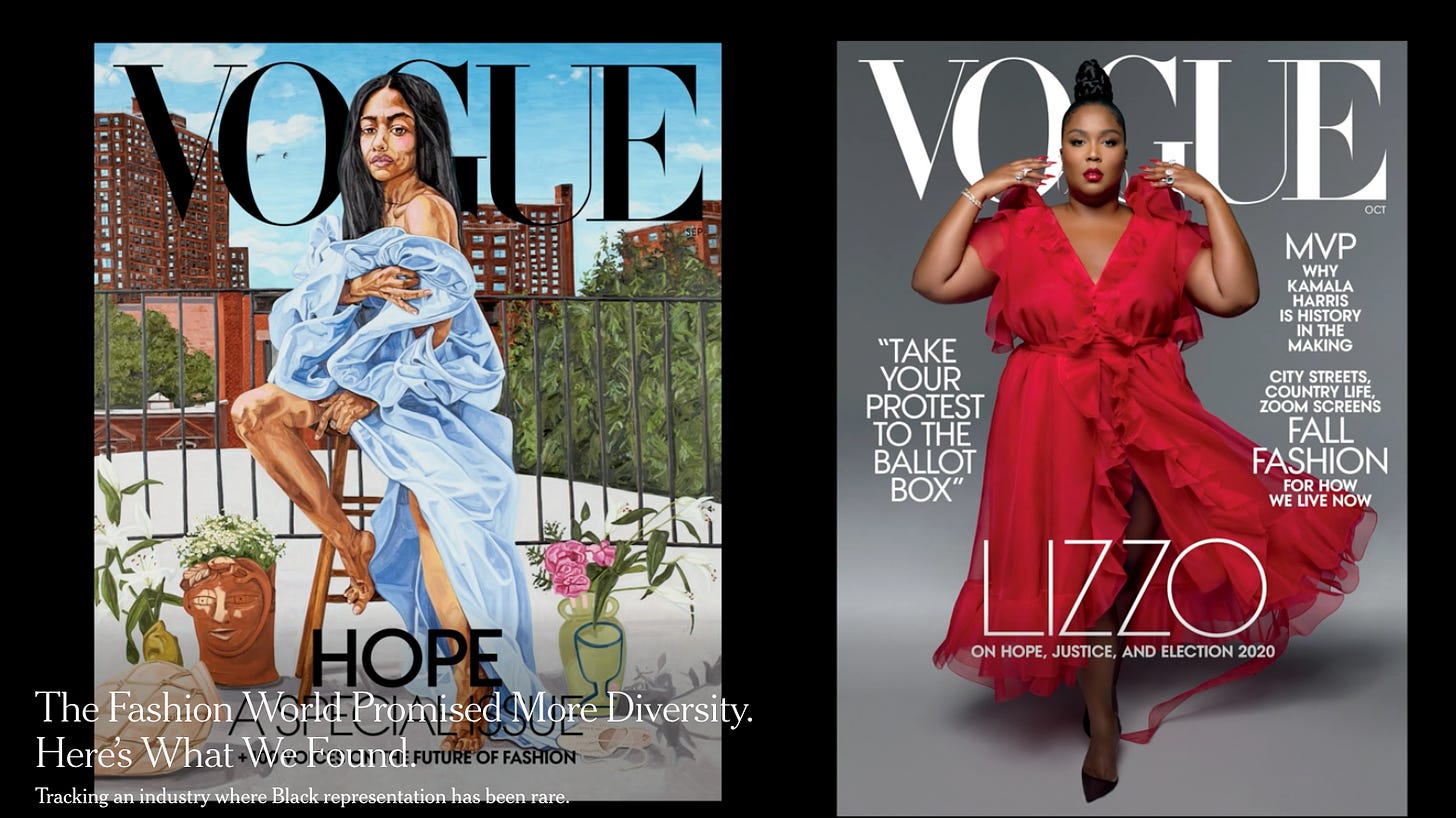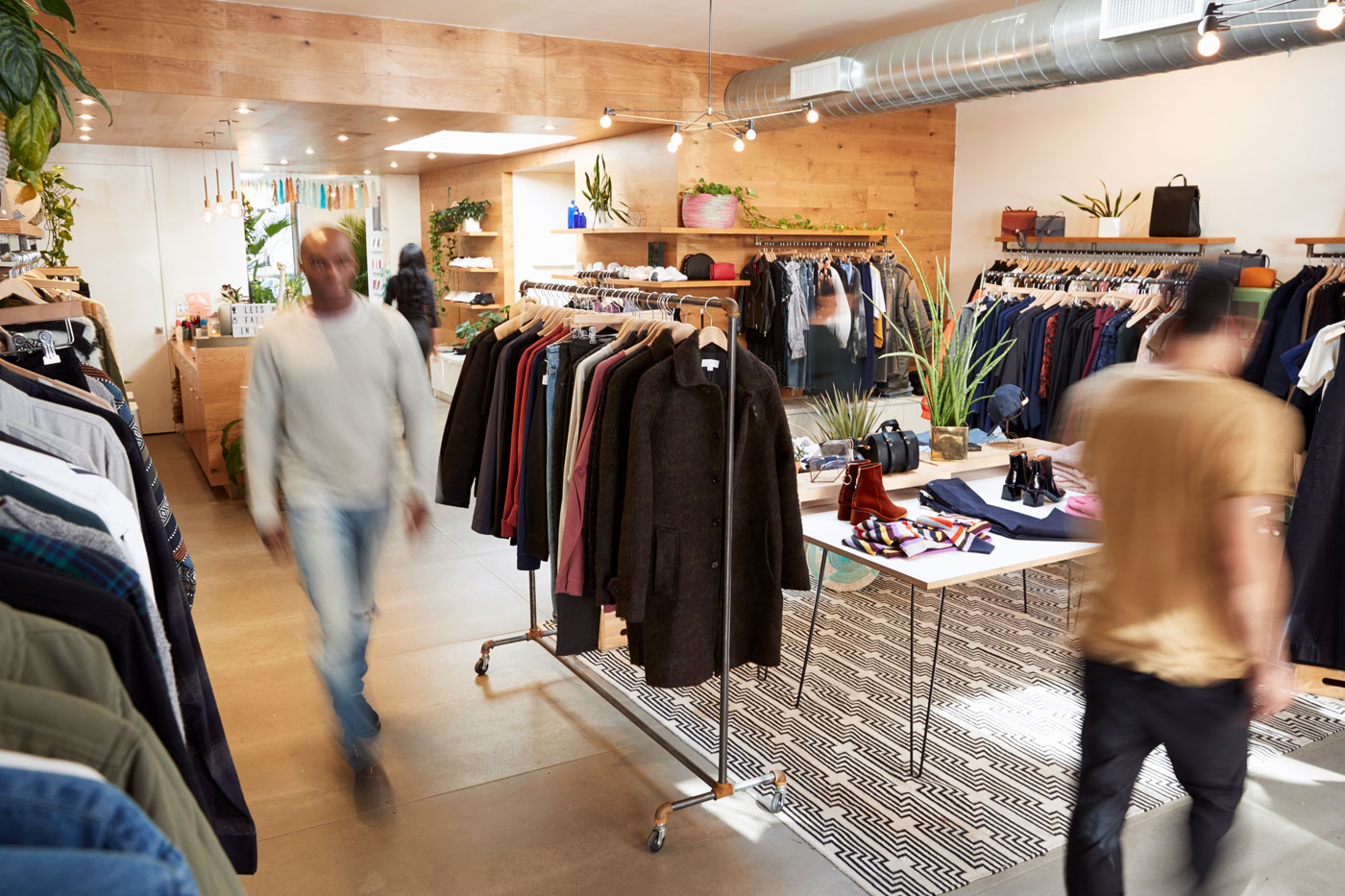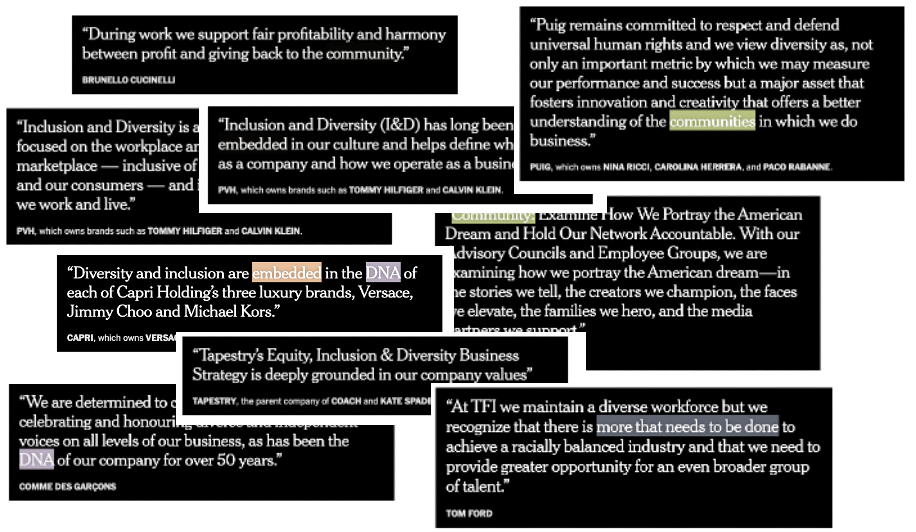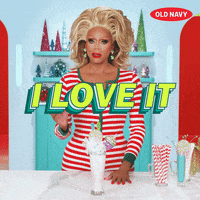Welcome to The Merchant Life, for retailers and retail enthusiasts wanting the insider perspective of all things retail.
Imagine…
Walking into a store or scrolling through an online shop, seeing people that look like you in the marketing, created by founders that share your skin color or ability or race, where the leadership team is more diverse than a bag of skittles…
Imagine seeing YOU represented in the things you buy and wear?
How would you FEEL?
Included? Understood? Represented?
I know I would.
And yes…I know.
It’s a work in progress. Retailers are trying and doing their best.
Or are they?
Let’s dive in.
Romanticizing Representation
It starts with taking a hard look at who is running the show before we can think of changing what is on our store shelves.
BoF reported a couple of weeks ago that some Black creatives are worried.
With Rihanna and Lewis Hamilton making bold statements at the Met Gala by showcasing Black fashion, celebrities and consumers are taking to the red carpet and social media to voice concerns on the lack of representation in the industry.
And rightly so.
Calling out the disparity in fashion is exactly what we need to do.
We are still looking for accountability.
But why is it taking so long?
A good question. That we should all be asking.
Earlier this year, the NYT featured an extensive expose on the fashion industry.

The NYT focussed on 64 women’s wear brands, 15 department stores, Vogue, Harper’s Bazaar, Elle, Instyle in addition to the brands who showed in NYC, London, Milan and Paris fashion weeks.
The responses were…unsatisfying.
Of the 64 brands we contacted, only Off-White has a Black chief executive — and that man, Virgil Abloh, is also the founder.
Of the 69 designers or creative directors at those companies, only four are Black. (One of them, Mr. Abloh, runs two brands: Off-White and Louis Vuitton men’s wear; the others are Olivier Rousteing of Balmain; Rushemy Botter, a co-designer of Nina Ricci; and Kanye West.) This number just shrank by one when LVMH and Rihanna hit pause on her Fenty fashion house.
There had been one Black woman at the head of a major Parisian luxury brand. Now there are none.
The list goes on. And on.
Taking the 15% pledge is just not enough.
Posting a box on Instagram is not enough.
Change needs to start at the top.
And exposing the data is a start.
Size Matters
It sure does.
Size inclusion is exactly what retailers should be doing and Old Navy’s recently launched BODEQUALITY program is on the right track.

Extended sizing, petite or plus, is a manufacturer and pattern maker’s nightmare and most of the time the factory will not offer to cut these sizes. It’s not as profitable for them and the margins are lower.
The size boat needs to be rocked and I love to see retailers like Gap Inc. push the envelope.
Minimum order quantities, size ranges and size scales that don’t include extended sizing, and the fact that more sizes take up more space on the shop floor is a deterrent for buyers and designers to offer these sought after sizes to the customer. In fact, many brands charge more for plus sizes because of the surcharge in making product outside the factory’s preferred size scale.
Old Navy is listening to their customer, getting to know them, and most of all, giving them product with size and price equality.
And one thing is for sure.
That customer will keep shopping.
Talking Shop 🎙️
Representation and diversity in a product mix starts with truly understanding the customer.
Asking questions like:
🛒 Does my product assortment resonate with my customer?
🛒 Do I have brands in my product mix that are made by creatives that look like my customer
🛒 Does my marketing represent a fair cross section of customers that are shopping in the store.
Putting your customer in the center as you make assortment decisions is critical.
And relevant.
I chatted with Alicia Esposito of Retail TouchPoints on her podcast, Retail Remix, on the importance of inclusivity.
A few key takeaways on what retailers and brands can do to be more inclusive:
- Representation matters and the time to change it up is now.
- Be authentic when integrating diversity and inclusivity in your assortments.
- Serve your customer in the best way by using data and by getting to the shop floor.
Infuse diverse brands into the assortment mix and give space on the shelves to brands that represent the customer.
Be the change and the customer will take notice.



